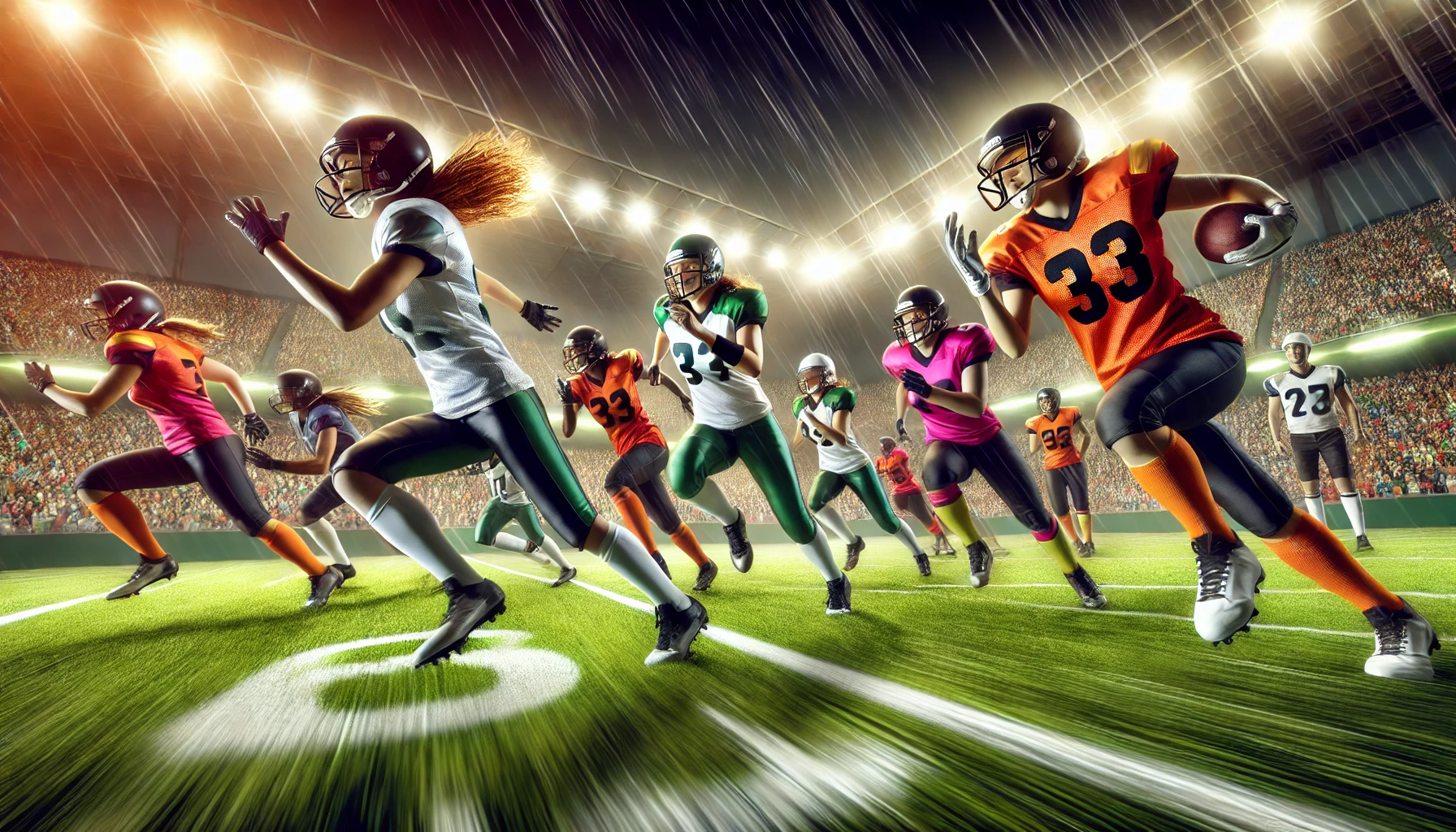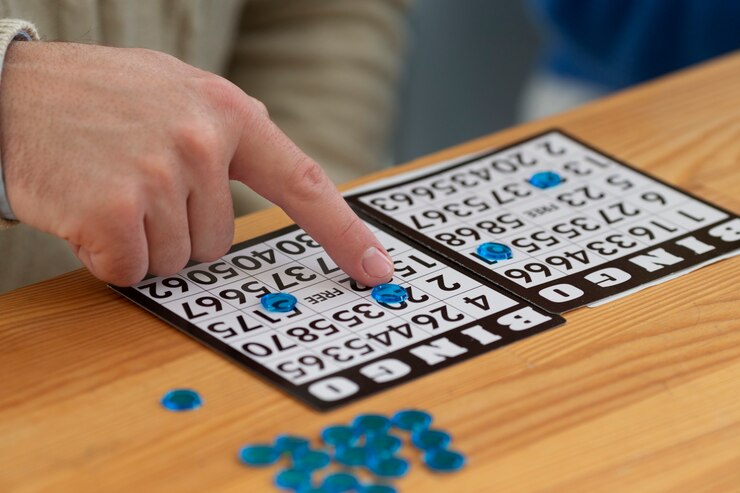Sports and music have always shared a special connection. From the rhythmic chants of fans in stadiums to the motivational playlists that athletes use to prepare for competition, the two fields intersect in powerful ways. But what if this relationship could be quantified, structured, and enhanced using technology? Enter “Sports Harmonicode,” a cutting-edge concept that marries the principles of music theory with athletic performance. In this article, we delve into what Sports Harmonicode is, how it works, and its potential impact on the world of sports.
What is Sports Harmonicode?
Sports Harmonicode is a novel framework that integrates harmonic principles—commonly found in music—with the dynamics of sports performance. At its core, the concept involves translating the movements and rhythms of athletes into a musical language, creating a “harmonic code” that can be analyzed, modified, and optimized to improve performance.
This framework is based on the idea that just as music follows specific harmonic patterns and rhythms, athletic movements can also be broken down into patterns and rhythms. By applying the principles of harmony, rhythm, and melody to these movements, Sports Harmonicode aims to create a more cohesive and efficient performance strategy for athletes.
How Does Sports Harmonicode Work?
The Sports Harmonicode system operates by analyzing the biomechanical data of athletes during training or competition. This data includes variables such as speed, force, and timing of movements. The system then uses algorithms to convert these physical actions into a musical “score,” where each movement corresponds to a specific note, chord, or rhythm.
For example, a sprinter’s stride might be represented by a series of notes that vary in pitch and tempo based on the athlete’s speed and foot placement. A basketball player’s dribbling pattern could be translated into a rhythm, where variations in the dribble’s intensity and frequency produce different beats.
Once this musical code is generated, it can be analyzed to identify inefficiencies or areas for improvement. Coaches and athletes can then use this information to adjust their training, with the goal of creating a more “harmonic” performance—where every movement is perfectly in sync, both within the athlete’s body and with the overall rhythm of the sport.
Applications in Sports
Sports Harmonicode has a wide range of potential applications across various sports disciplines:
- Training Optimization: By identifying the “music” of an athlete’s movements, trainers can pinpoint specific areas where the athlete’s performance may be out of sync. This allows for targeted training that focuses on harmonizing these movements, leading to more efficient and effective performance.
- Injury Prevention: Just as discordant music can create a sense of unease, disharmonious movements in sports can increase the risk of injury. Sports Harmonicode can help detect these disharmonies early, allowing athletes to correct their form before injuries occur.
- Performance Enhancement: Athletes often talk about being “in the zone,” a state where every movement feels effortless and in perfect sync. Sports Harmonicode aims to quantify this state and make it reproducible, helping athletes achieve peak performance more consistently.
- Team Dynamics: In team sports, harmony between players is crucial. By analyzing the harmonic code of a team’s collective movements, coaches can develop strategies that enhance teamwork and coordination, much like a conductor leading an orchestra.
The Future of Sports Harmonicode
As technology continues to advance, the potential for Sports Harmonicode to revolutionize athletic training and performance becomes increasingly apparent. The integration of wearable devices, artificial intelligence, and machine learning into this framework will allow for even more precise and personalized analysis, making it a powerful tool for athletes at all levels.
Furthermore, Sports Harmonicode could eventually lead to the creation of entirely new sports that are specifically designed around the concept of harmonic movement. These sports would combine the physical demands of traditional athletics with the creative expression of music, offering a unique and engaging experience for both participants and spectators.
Conclusion
Sports Harmonicode represents an exciting frontier in the world of athletics, blending the art of music with the science of sports performance. By translating physical movements into a musical language, this innovative framework offers new ways to optimize training, prevent injuries, and enhance overall performance. As the technology behind Sports Harmonicode continues to evolve, it has the potential to transform the way we think about sports, bringing a new level of harmony and rhythm to the playing field.











